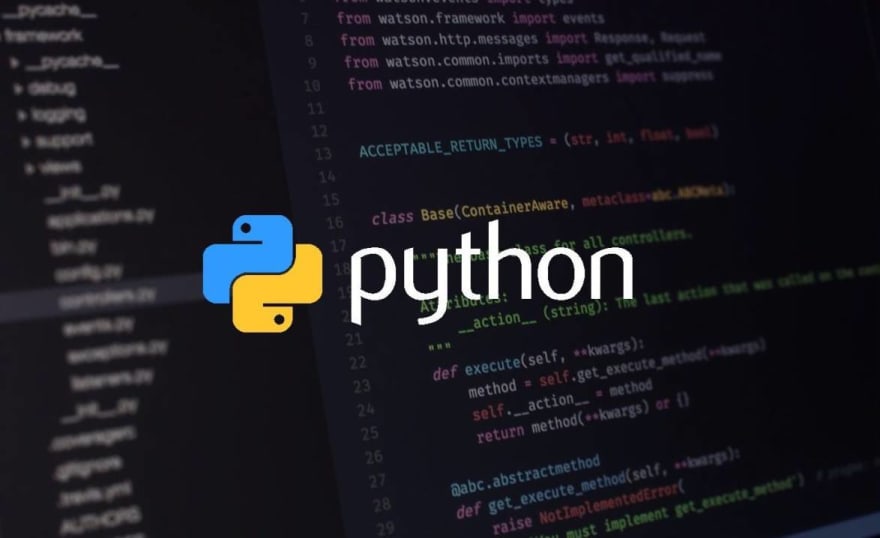Facts To Know Before Starting Python!

Muhammad Sakib Khan Inan
Posted on December 27, 2020

Hello everyone! Hope you are doing fine! Today I am going to discuss some facts of Python Programming Language that you should know and understand as a Python beginner. So, let’s dive into it!
Python is a high-level, multi-paradigm, interpreted, general-purpose programming language. Its syntax is designed to focus on readability through the use of significant indentation and white-space rules. Don’t get worried to see such complex-looking words because I am going to explain these things in a while!
- ➡️ High-level Language: Language like Python, C, C++, C#, Java, or Kotlin, in which it is easier to read and write codes using natural language elements with strong abstraction from the details of computer are called high-level programming languages. In contrast, a language like “Assembly Language” used to write codes for microprocessors are low-level programming languages.
- ➡️ Multi-Paradigm: This programming language supports multiple paradigms of programming. For example, Python supports structured programming paradigm like C (Programming Language) and object oriented programming paradigm like Java(Programming Language). In contrast, C does not support object oriented programming paradigm and Java does not support the structured programming paradigm. Besides many of Python’s feature also supports functional programming, aspect-oriented programming, etc.
- ➡️ General Purpose Programming Language: According to Wikipedia, a general purpose programming language means it is designed to be writing software in the widest variety of application domains. It means you can use this language in various domains, it is not bounded to be used for some specific regions or domains.
- ➡️ Significant Indentations: Language like C, C++, C#, Java, etc have a significant role of semi-colons(;) and curly brackets{} in most of the part of codes which becomes a horror for programmers sometimes because you may get an error just because you forgot to put a semi-colon at the end of a line, but the good news is, in Python, we don’t need to use a semi-colon(;) at the end of lines and curly brackets to define scopes of functions, methods, loops, etc. Meanwhile, the bad news is, you need to maintain the indentations and white-space rules correctly here in Python to write a valid or correct code that you didn’t need to maintain compulsorily in C or Java. It means you might even get errors for extra or unnecessary white-spaces. In a nutshell, you get rid of those semi-colons and curly brackets in Python but you need to maintain indentations and white-spaces according to the rules of Python correctly. Python focuses on indentations to increase the readability of code. To understand this you can see an example Python code from here.
Conclusion
Besides all these features, Python has a huge and rich collection of libraries for different purposes like machine learning, artificial intelligence, etc. It has also many other features like dynamic typing, garbage collecting, memory management, and more, which will you get to know as you will dive more deeply into the sea of Python.
Best wishes to everyone! Keep learning and keep sharing! and don't forget to share your opinion and of course the questions if any. Don't forget to follow us. ✌️
💡 AND SUBSCRIBING to our YouTube TechLearnersInc and Telegram t.me/TechLearners will be amazing.

Posted on December 27, 2020
Join Our Newsletter. No Spam, Only the good stuff.
Sign up to receive the latest update from our blog.
